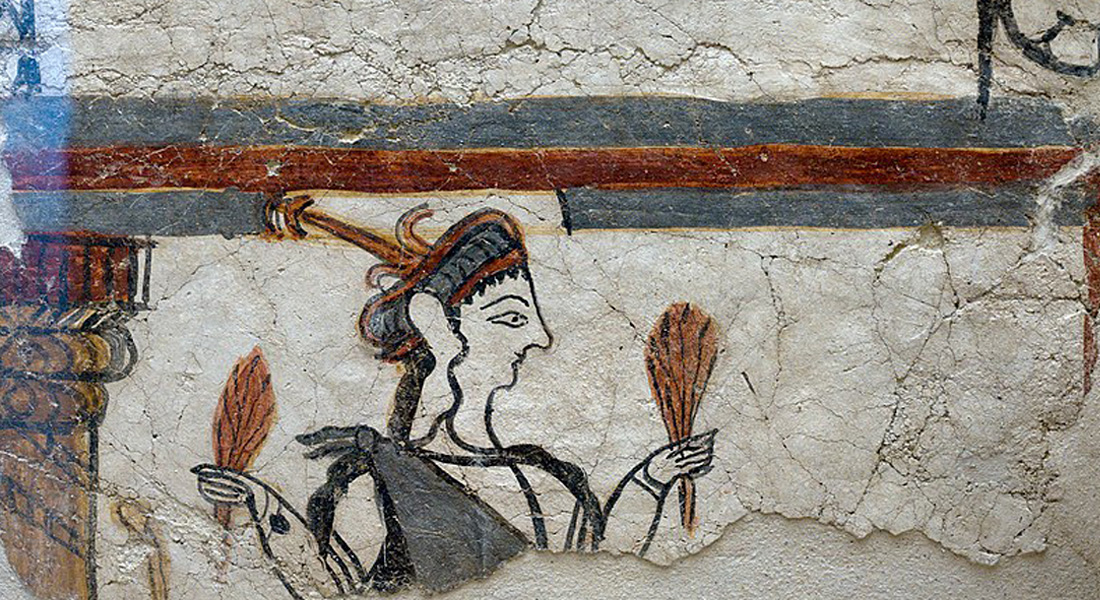Festlig Faglig Fredag with Marcel Nowakowski: The developmn̥t of PIE syllabic nasals in Proto-Greek and beyond

For this Festlig Faglig Fredag, we're welcoming a guest of the house: Marcel Nowakowski, who is a BA student in Classical Philology at the Jagiellonian University in Crakow (Uniwersytet Jagielloński w Krakowie), currently writing his thesis »From Proto-Indo-European to Mycenaean Greek: A Phonological Study«.
The title of Marcel's talk will be:
The development of PIE syllabic nasals in Proto-Greek and beyond
As always, we'll convene from 16:00 onwards, but the talk will begin at a quarter past. Everyone is welcome!
The talk will also be streamed on Zoom. Stay tuned for more information.
Abstract
The reconstructed Proto-Indo-European language possessed two syllabic nasals, namely, [m̥] and [n̥], which were allophonic variants of their respective nasal consonants and surfaced in the following environments:
- CNC – in between two consonants
- CN# and #NC – in between a consonant and a word boundary
It has often been described that the two PIE syllabic nasal reflexes in Greek had a similar vocalic distribution to the syllabic liquids – the vocalization to /a/ or /o/, depending on the dialect (The reflexes of PIE syllabic liquids are either ορ/ρο or αρ/ρα etc. The vital thing here is that the vowel quality was often compared between the two). Yet some scholars already suggested otherwise that the regular reflex in every dialect is /a/, with /o/ being conditioned or analogical. Nevertheless, these reflexes are still an area where various problems continue to exist. In this paper I:
- Reconstruct the situation in the Proto-Greek vocalic system and determine, whether syllabic nasals could have been present at that stage.
- Examine the normal reflexes in the most problematic Ancient Greek dialects (Mycenaean, Arcadian, Attic, Thessalian, and Lesbian).
- Analyze the conditions which may have led to deviations from the usual development.
The conclusions I reach include:
- The syllabic nasals have already been vocalized into a single vowel – */ɑ/ – by the Proto-Greek stage.
- The regular reflex of PGk. */ɑ/ in all Greek dialects is /a/, with other developments being either conditioned or attributable to analogy.
- There are many possible ways for the analogy to have taken place in those dialects – none of which requires the assumption of a “double-reflex” of */ɑ/.
Map of South Campus
View directions.
View on map of the Faculty of Humanities - South Campus.
View map of South Campus (pdf).
